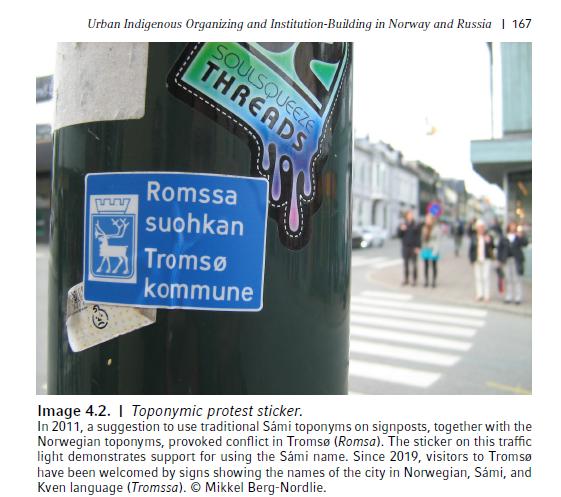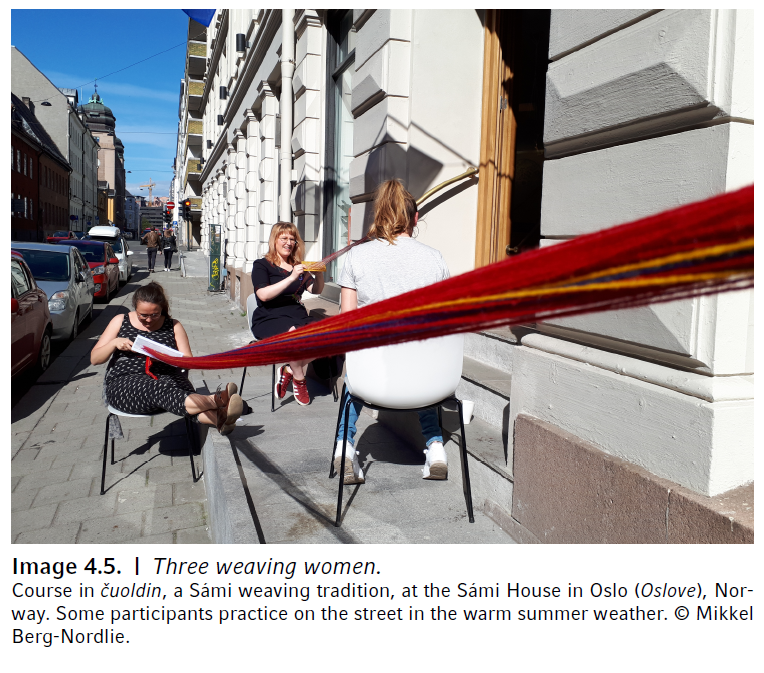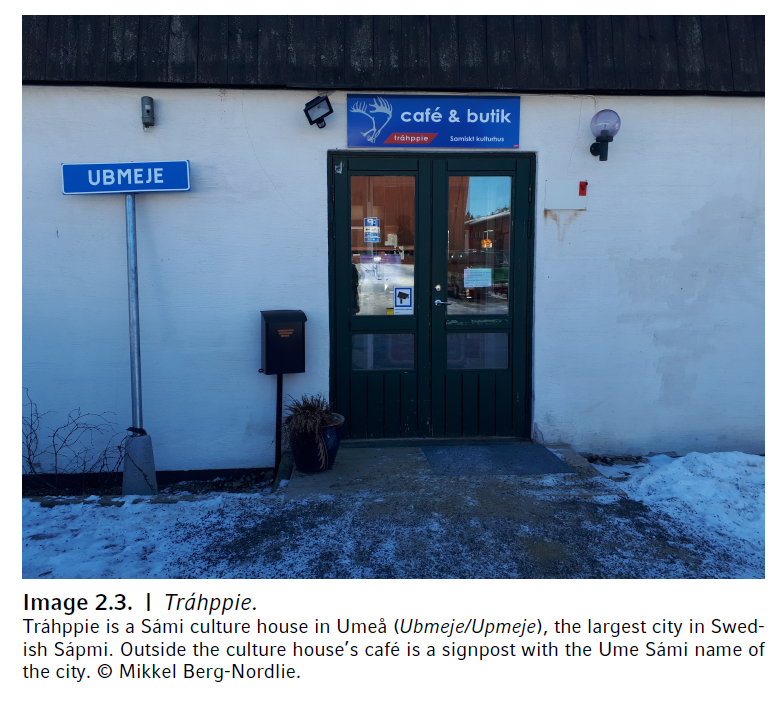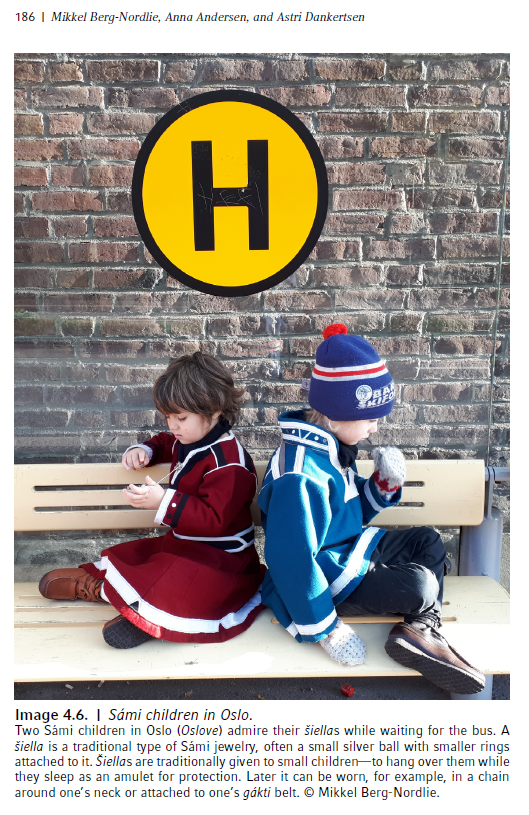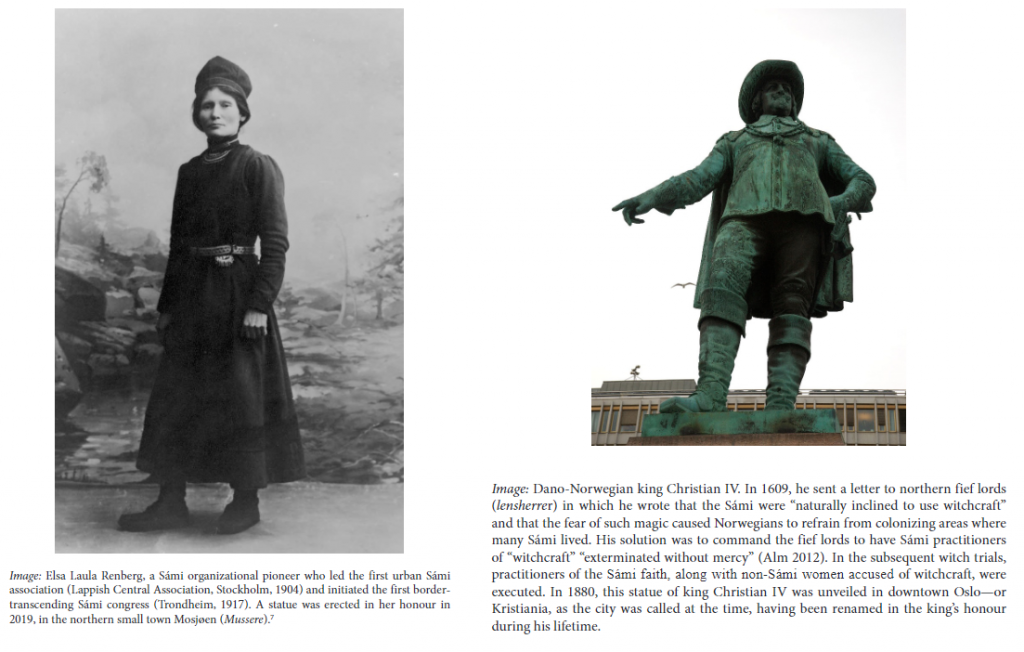New book: “An Urban Future for Sápmi?”
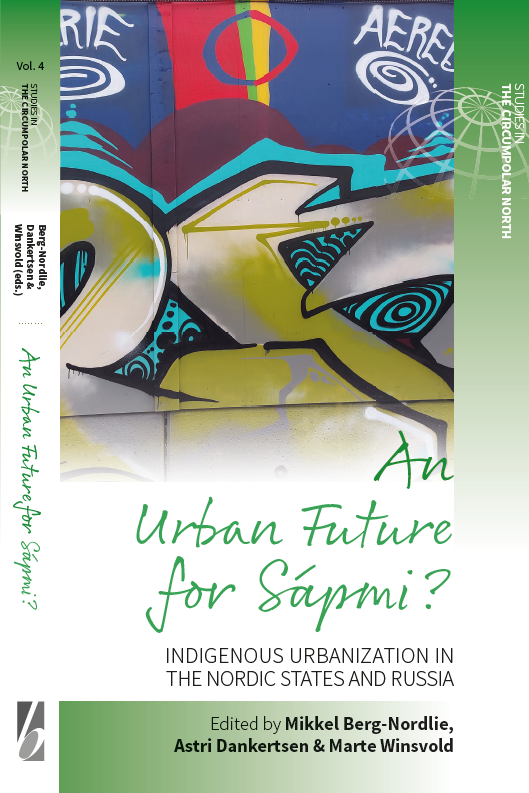
Presenting the political and cultural processes that occur within the indigenous Sámi people of North Europe as they undergo urbanization, this book examines how they have retained their sense of history and culture in this new setting. The book presents data and analysis on subjects such as indigenous urbanization history, urban indigenous identity issues, urban indigenous youth, and the governance of urban “spaces” for indigenous culture and community. The book is written by a team of researchers, mostly Sámi, from all the countries covered in the book.
Read more about the book and order it here.
Read the introductory chapter for free: Urbanization and Indigenousness by Mikkel Berg-Nordlie, Astri Dankertsen, and Marte S. Winsvold.
Contributors in alphabetic order: Anna Andersen, Chris Andersen, Mikkel Berg-Nordlie, Astri Dankertsen, Marthe Winsvold.
Editors: Berg-Nordlie, Dankertsen, and Winsvold.
Reviews
“I am very impressed… The book is well-written, analytically sound and solid, has a really good empirical basis, and presents some lines of argument that are both innovative and interesting. Adding the Russian Sámi context to the bigger field of Sámi studies is really called for, and gives important insights.”
• Torjer Olsen, Arctic University of Norway
“The book is very interesting, well written and relevant. I found it entirely fascinating and educational, and could see a lot of connections to issues that other urban Indigenous groups across the globe face.”
• Kelly Greenop, University of Queensland
Example images from “An urban future for Sápmi?”
